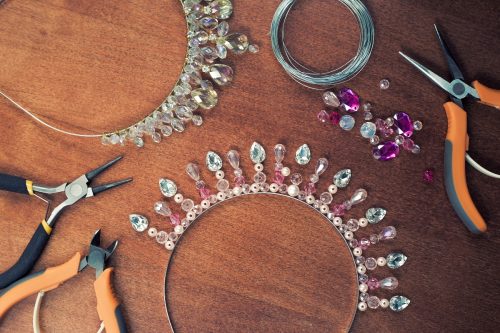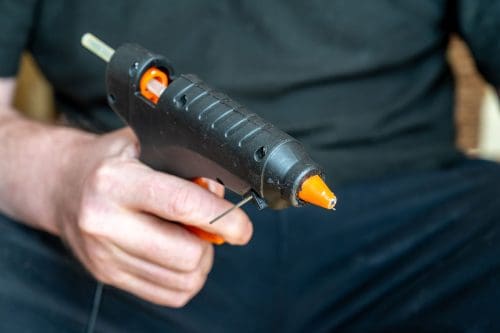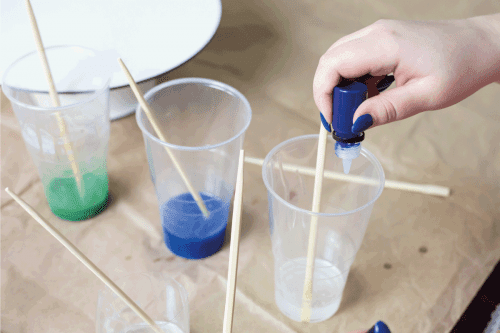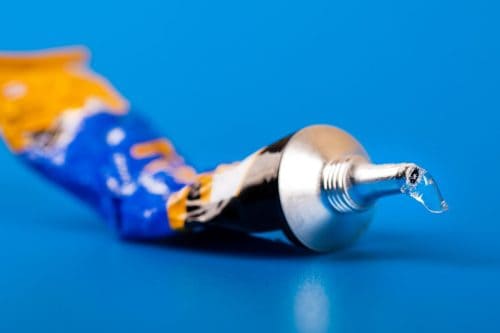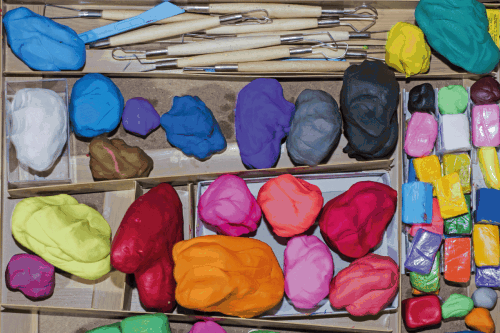Are you looking for a new inexpensive hobby? Woodcarving has been around for thousands of years and can be used to make multiple types of objects. Carving is an excellent way to keep your hands moving and have a pleasurable tangible result. So, where to begin? One of the most readily available woods is pine, and we've looked into just how good it is for carving.
Pinewood is an excellent wood to carve for intermediate beginners. Because pinewood is softwood, it takes little effort to cut through and is gentle on your tools. It is best recommended to use pinewood for whittling projects since this method does not require great detail. Out of the vast species of pinewood, Longleaf pine will be the easiest to carve, and Eastern White pine will be the most difficult.
Whether you're looking for a relaxing pastime or starting on an artistic journey using wood as your medium, carving pine will be a smart choice. There are a handful of things to consider when choosing your woodblock, including size and knots. Plus, you'll need to look at which tool or tool kit suits your needs best. The sections below will go in-depth to these subjects and more to prepare you with knowledge on all things pine.
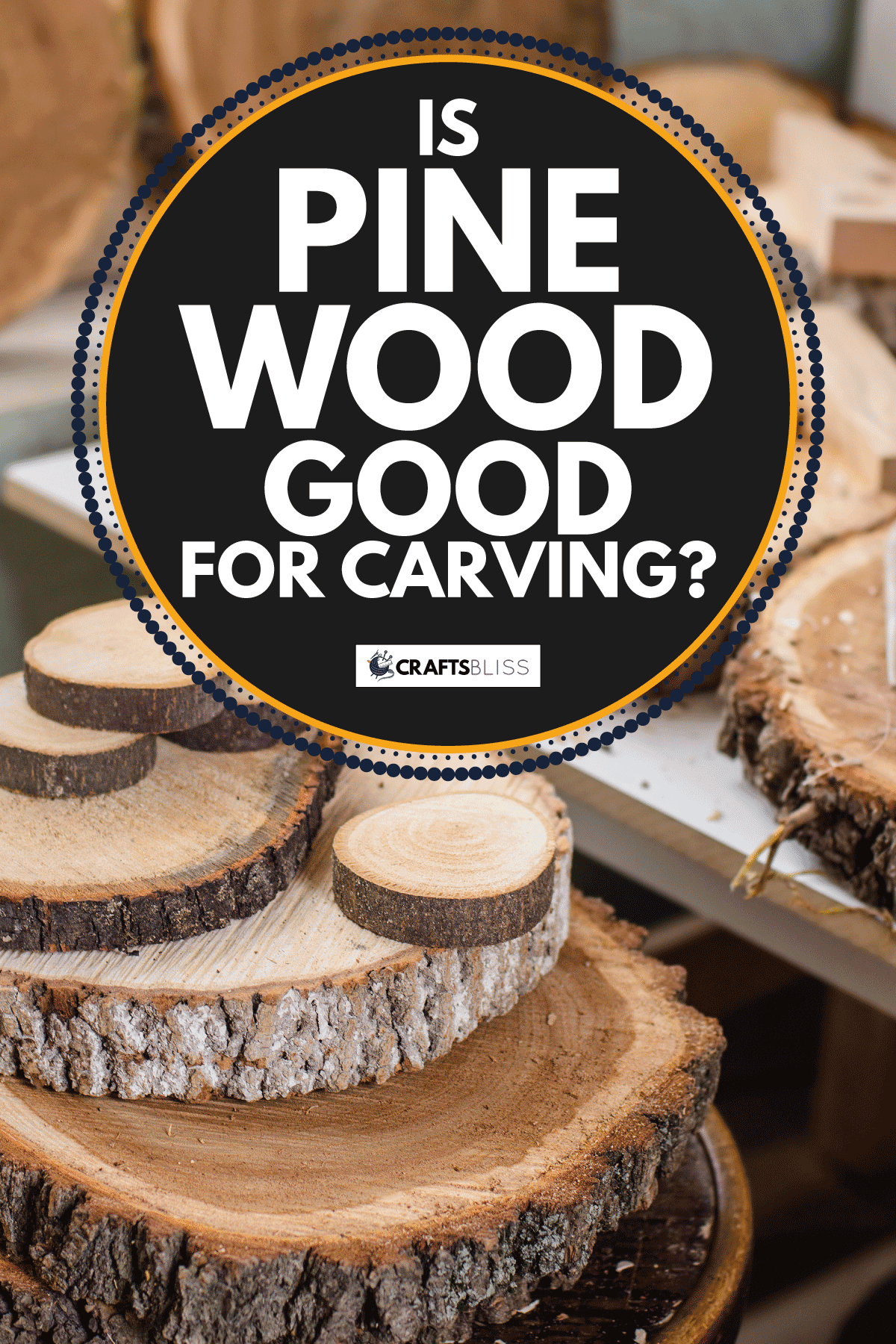
Types Of Pinewood
A shortlisted range of pinewood most often used for carving:
- Radiata
- Shortleaf
- Longleaf
- Eastern White
- Western White
Each type of pine can have its advantages and disadvantages. Depending on what kind of project you're looking for will narrow down your search. Most craft stores will have readily packaged pine blocks and boards to get you started. If you'd like to kick off with a specific species of wood, your local lumber center can provide you a more comprehensive selection. A plus side to going to a lumber warehouse is that workers there have experience cutting different woods and can give you insider tips.
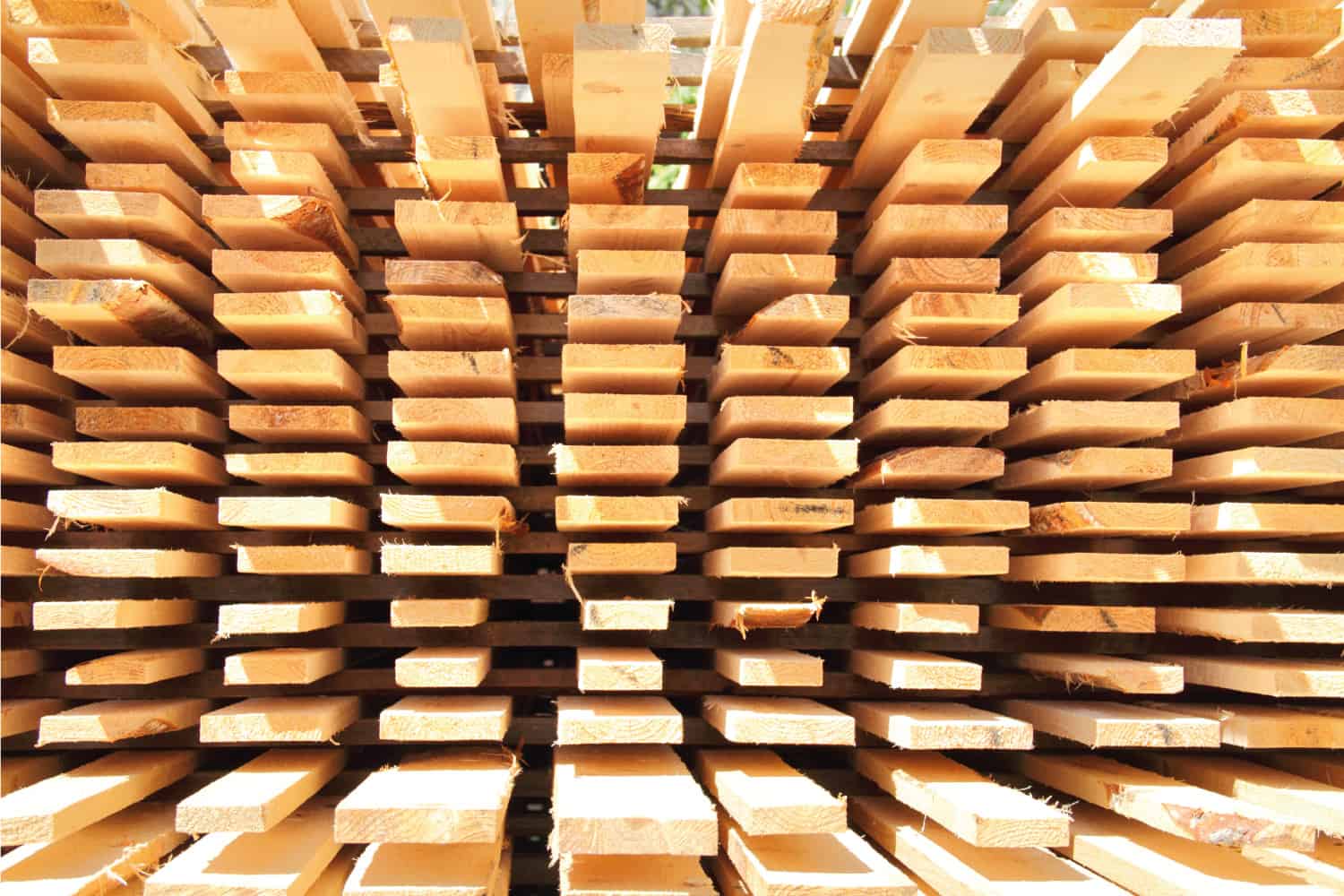
Projects
Pinewood is widely used for whittling. Whittling consists of carving wood with a knife. Typically there are no fancy tools or electric instruments used in this process. Being a softwood, pine can be easily carved into simple shapes and forms that can be painted over. To familiarize yourself with whittling, take on a straightforward project like the one seen in this youtube video of ">carving an owl with just a knife and woodblock.
In case you don't want to carve deep details into your pine, you can also paint over your carved figure. By simply carving out the general shape of a bird, rabbit, fish, or even a heart, you'll be able to paint in the details. Pine will have a smooth finish and hold onto acrylic paint well. Once you're ready to take it up a notch, you can begin to carve more complex figures. Chess pieces are a great stepping stone since they can contain as much or as little detail you'd like. Then you'll be ready to carve gnomes, conceptual sculptures, tobacco pipes, and even furniture!
There is also a technique called carving in the round. This method is distinguished by its 3-D features and flat back. Instead of cutting out a full figurine, carving the round keeps one surface completely flat and allows the viewer to see a raised front from all directions. Carving the round technique is often used when creating faces and scenery out of wood. To create these works, you'll need a more advanced set of tools to cut out deep and shallow lines to achieve finer detail.
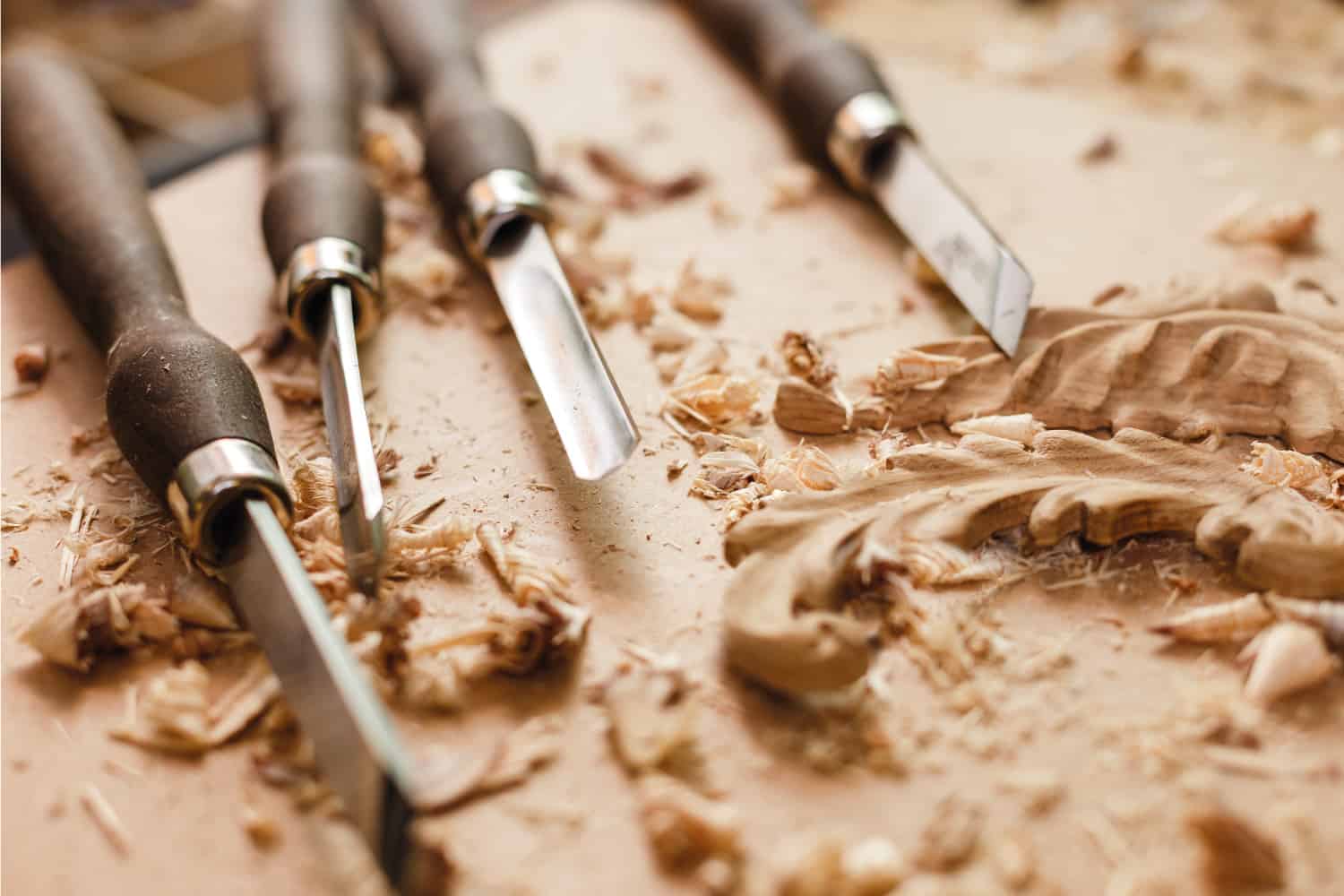
Ease of use
Pine is considered one of the easier woods to carve since it is softwood. Softwood is defined as wood from a coniferous tree, meaning they contain some sort of cone and do not lose their leaves in colder temperatures. Hardwood lumber is much denser and not easy to manipulate. On the off chance your pine feels challenging to work with, there is a way to make it more manageable. By using a solution of 75% water and 25% rubbing alcohol, lightly spray section by section. The rubbing alcohol helps remove surface tension and allows the water to soak into the finer grain. Going section by section, instead of thoroughly soaking it, reduces the risk of the wood cracking when it's drying.
Something to keep in mind is that pine does produce sap. If the wood you're working with has many knots and uneven grain, it could contain a higher amount of sticky resin. You'll need to be mindful of your tools as the sap can gum up the sharp blade and give you softer edges on the carving.
How Expensive Is Pine Wood?
In terms of cost, pinewood can range anywhere between modest and expensive. Modest prices pine is widely available and can range from $6 blocks to $16 planks. Available pines include Longleaf and Eastern White. On the opposite end will be the moderate to high running pine. Prices can go from $9 blocks to $55 planks. The most expensive pine from the previous list is Radiata pine since it has been specially grown and imported to the states. The last two types of pine from the list, Western White and Shortleaf, fall into this ranking as well.
Click here to view these carving blocks on Amazon.
Does Pine Rot Easily?
Rot is always a concern when it comes to wood. You want to ensure what you're carving out can withstand multiple interior and exterior settings. While pine does not rot as easily as others softwood, it can rot quickly if not sealed and left out in humid conditions. Rot is formed by constant dampness that attracts fungi. Dry rot is commonly seen in warmer temperatures and is characterized by its ability to shrink wood and break down the structure.
Is Pine Wood Okay For Outdoor Use?
Pine is just that, okay for outdoor use. It isn't the strongest rot-resistant but still can last outdoors with the proper sealant. A familiar piece of outdoor pine furniture is the picnic table. To better withstand outdoor weather conditions, pine for picnic tables has been pressure treated. Pressure-treated wood goes through a vacuum-sealed procedure in a tank and then coated in an alkaline copper solution that protects the wood from rot.
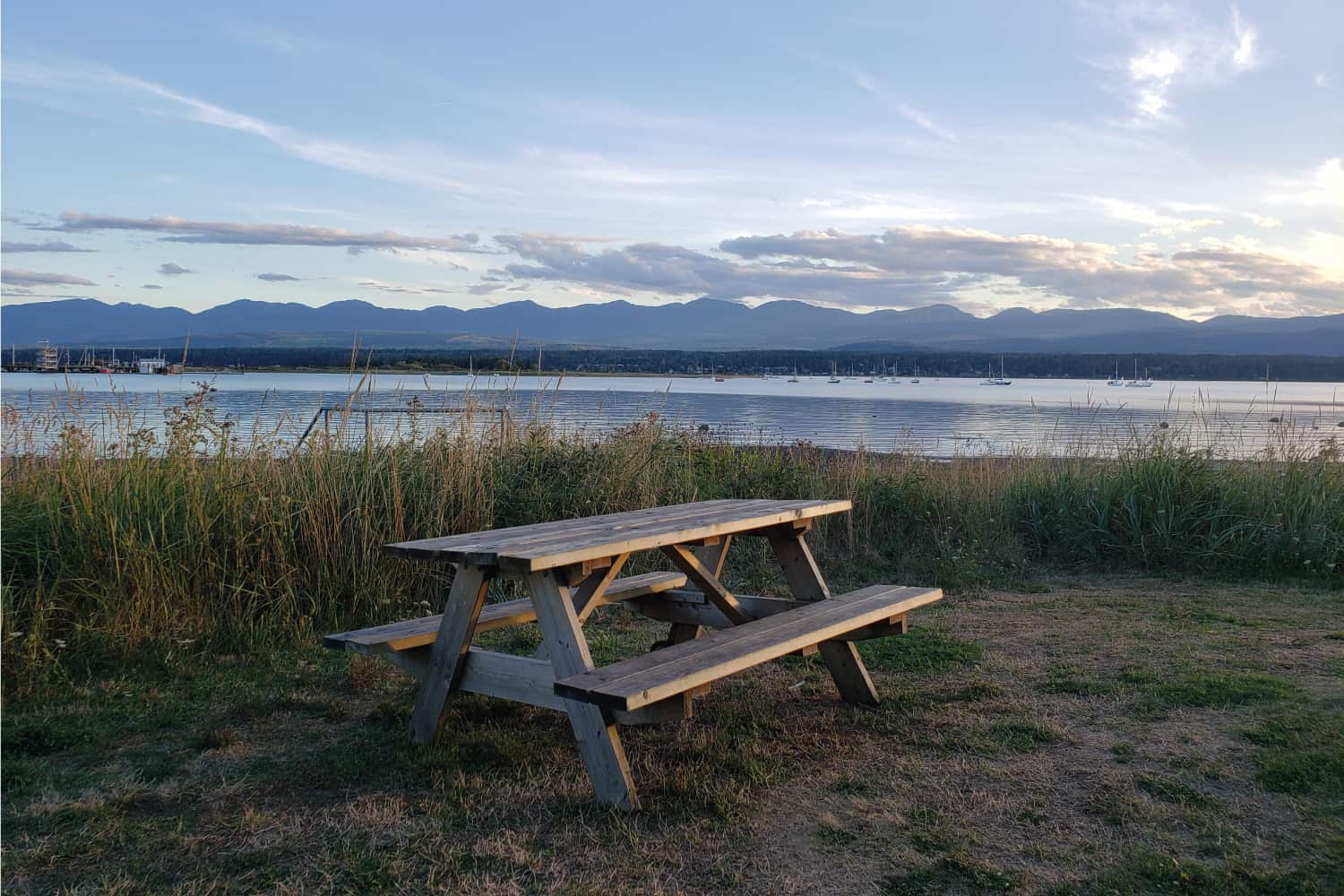
Is Pine Wood Waterproof?
Pinewood is not waterproof and will warp if not sealed while left in constant moisture for long periods of time. There are several sealant finishes available such as varnish, lacquer, polyurethane, and shellac. To apply, you will follow the instructions based on which finish you decided to purchase. Most can be applied with either a paintbrush or sprayer.
Varnish is a clear coast that can be painted on bare or stained wood; the main advantage is UV protection and some waterproofing effects. Lacquer is a mixture of nitrocellulose and thinner but should be applied in a well-ventilated area due to the nature of nitrocellulose giving off strong fumes. Lacquer will help prevent water seepage but should not be used near any flames as it is highly flammable.
Polyurethane finishes are synthetic and the best types of coating to give you waterproof wood. However, it does not have a UV protectant added and can cause wood to yellow in the sun. It is a durable clear coat that can be brushed onto furniture and gives off a satin finish. Lastly is a shellac finish. This type of sealant is not recommended for outdoor usage because its alcohol solvent base can dissolve quickly when exposed to spills.
Click here to view this polyurethane finish on Amazon.
Is Pine Wood Toxic?
Pinewood has a handful of stages in its life cycle. When pine is first cut down and brought into lumber factories for processing, natural gases are released. Heavy exposure to pine in these situations can cause lung damage over time. By the time the lumber is cut, washed, dried, and loaded, most gases have been released and are no longer toxic. Lumber planks found in stores or even pine trees out in the woods have one concern that cannot be changed, its sap. Pine sap can cause allergic reactions in certain people when it touches the skin; it is tough to wash off given its sticky nature.
In Closing
As you prepare to take on wood carving, pinewood is an excellent place to start. Being a softwood, pine can be more easily worked and requires just a few sharp tools. It comes in all shapes and sizes to best suit your ability and can be painted instead of carving deep details. Pine has the flexibility to be softened with water but will gum up your tools if there is too much sap. In terms of projects, you can start with whittling and move into the more advanced practice of carving in the round!
Ready for more? Check out these wood articles:



![Read more about the article What’s The Best Glue For Fiberglass? [Our Top Products Explored]](https://craftsbliss.com/wp-content/uploads/2023/01/Worker-rolls-glue-solution-through-fiberglass-sheets-500x333.jpg)
